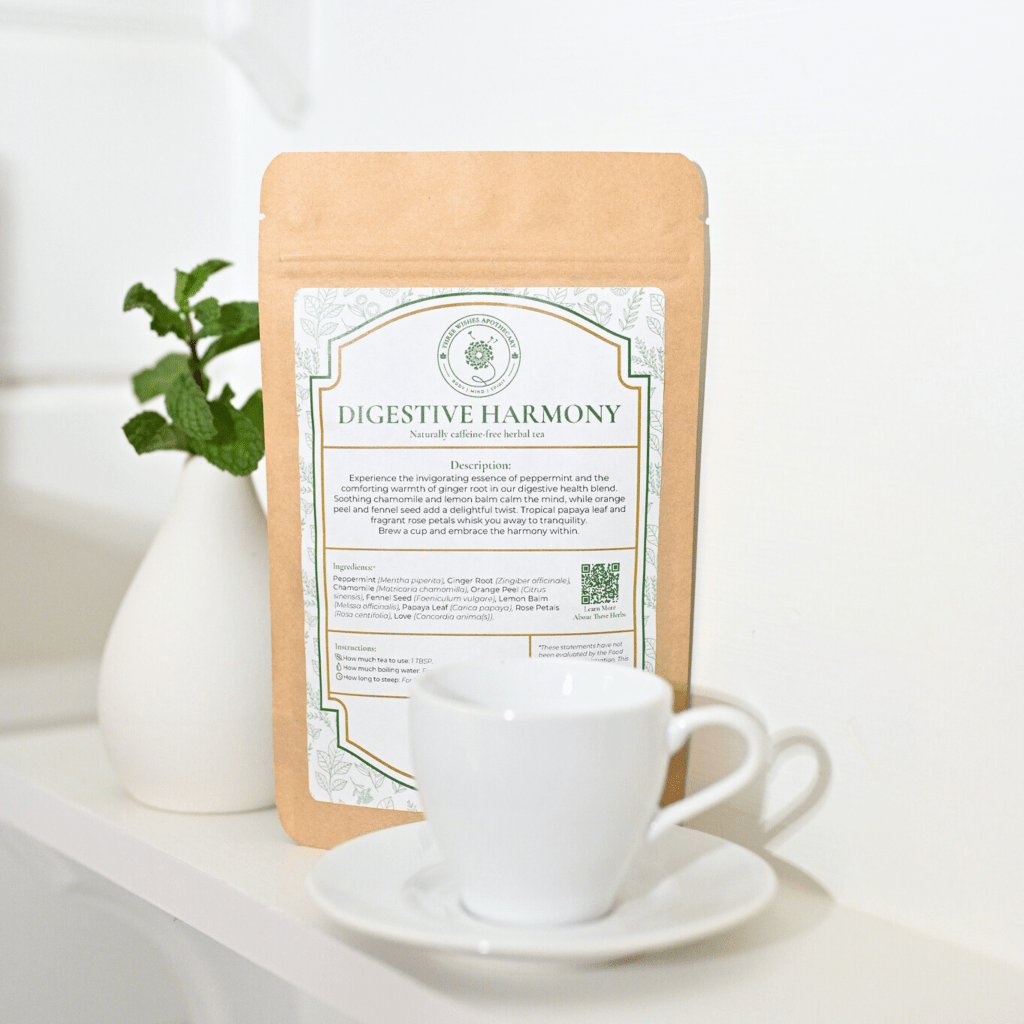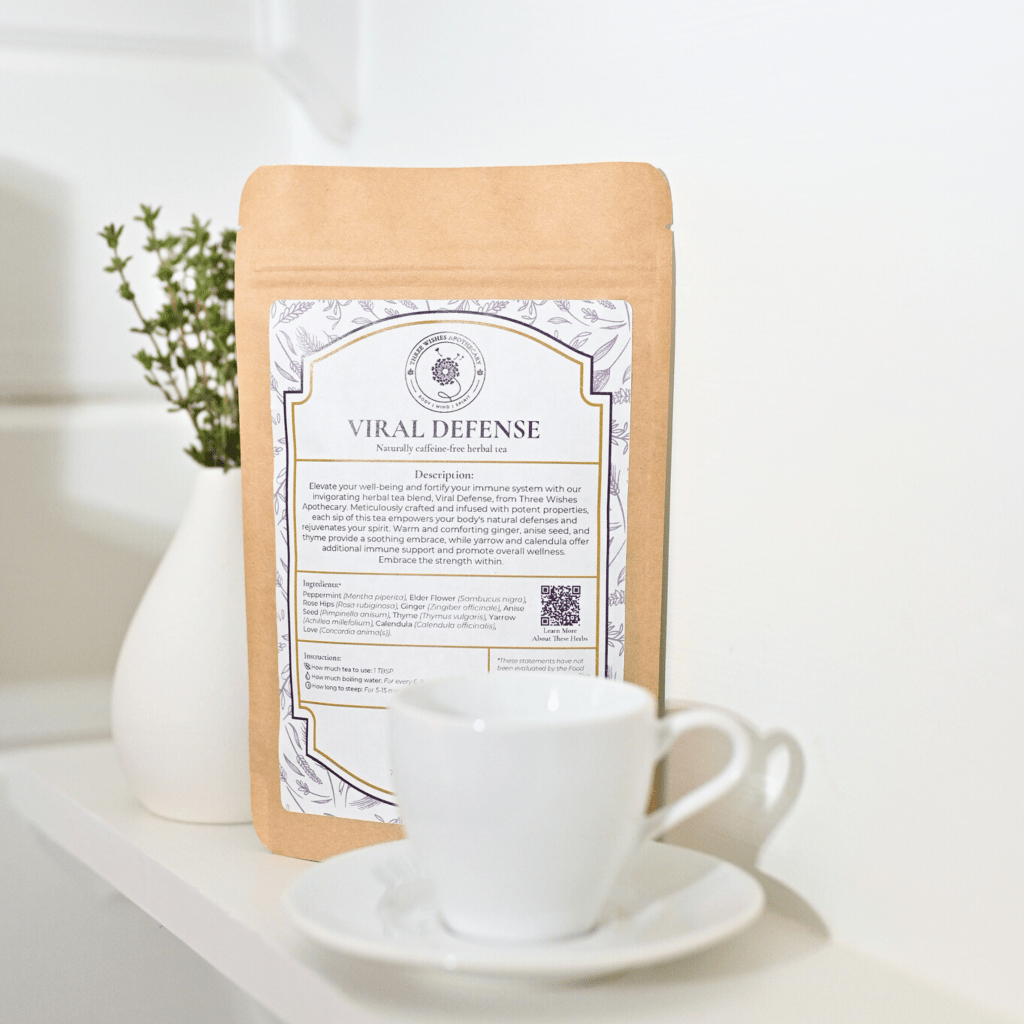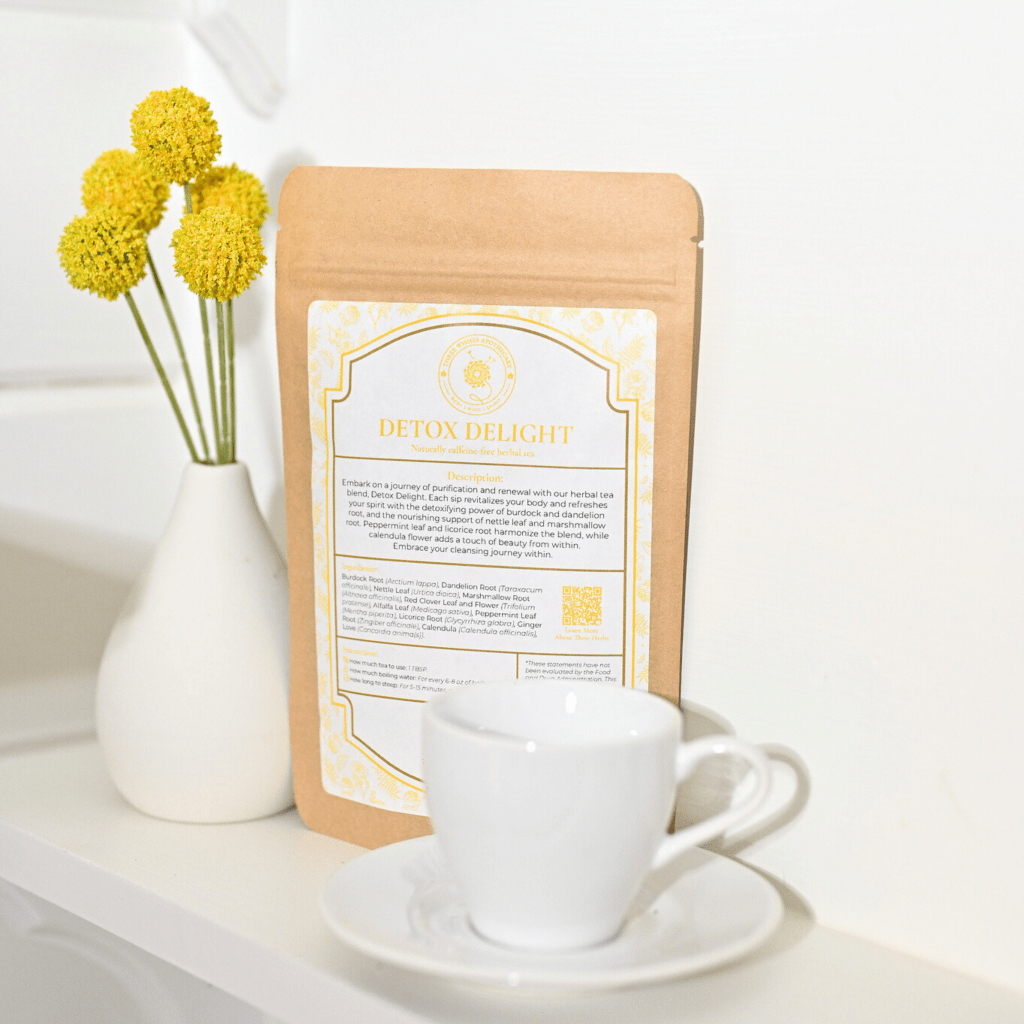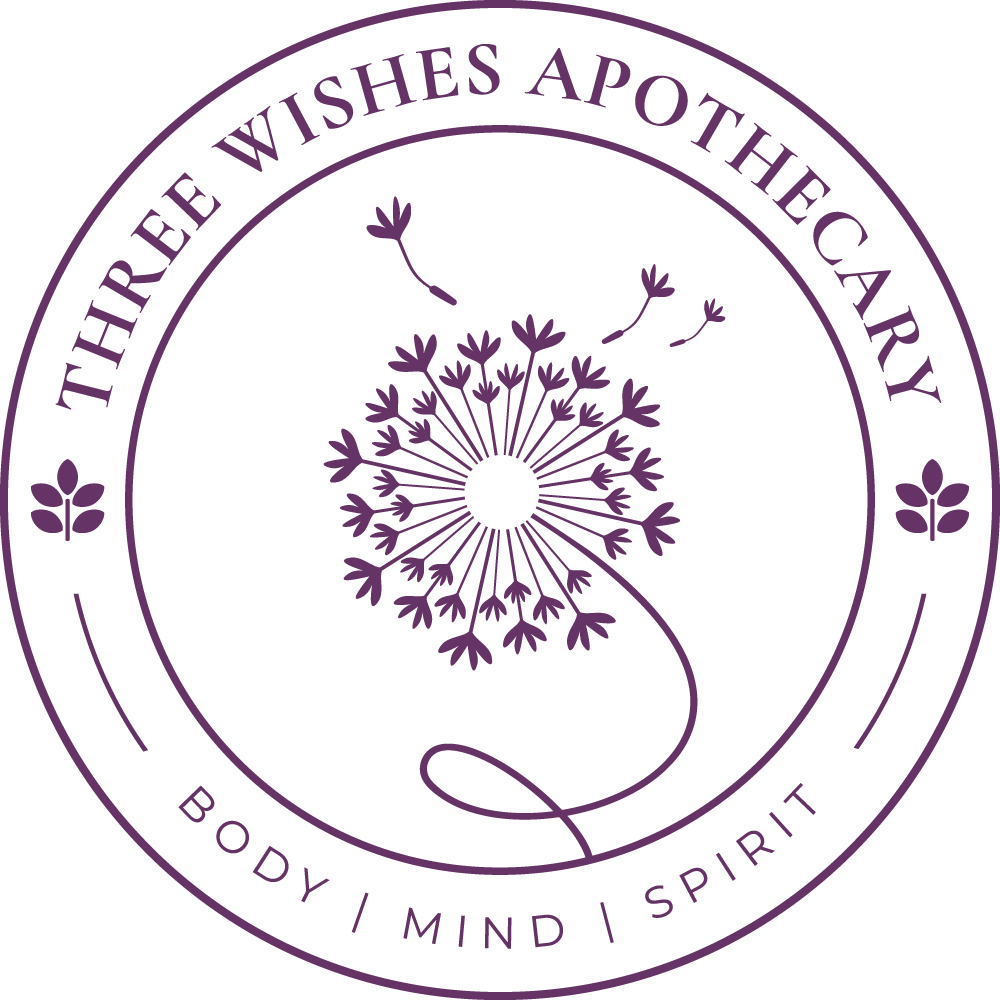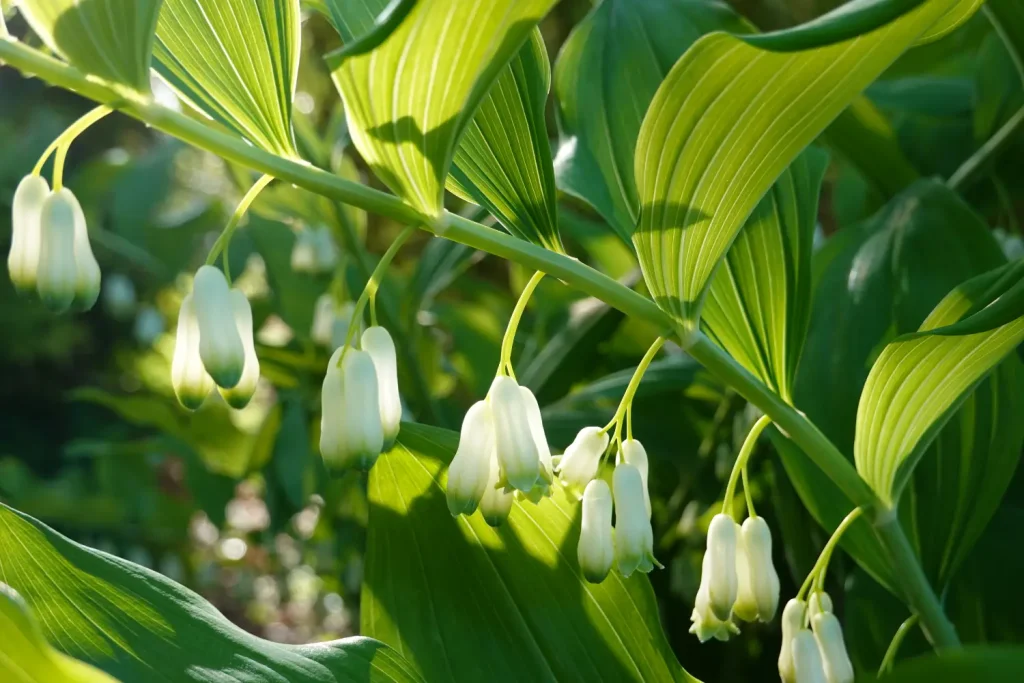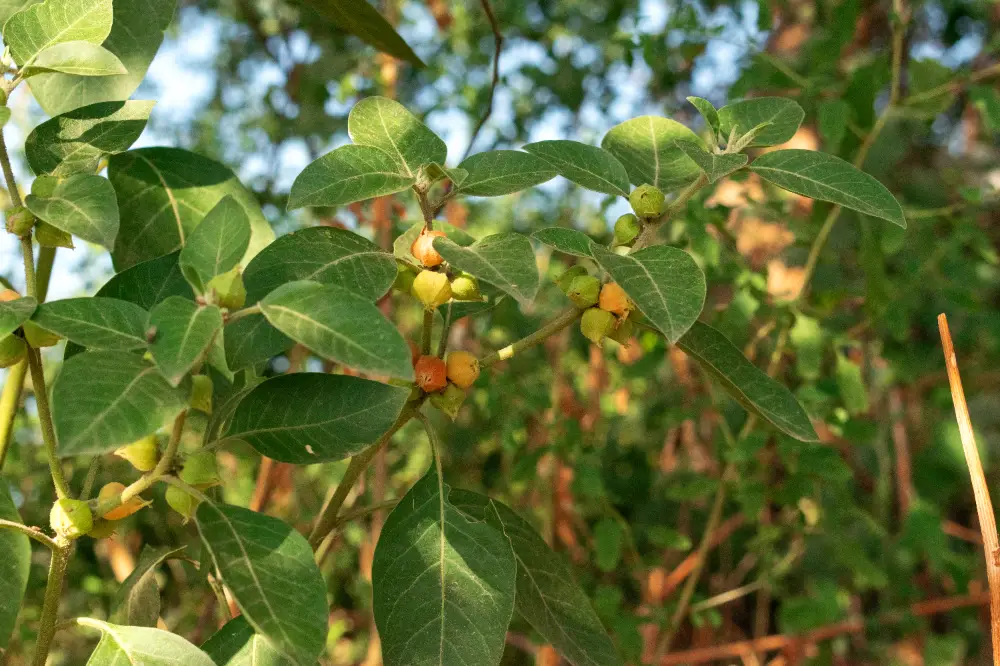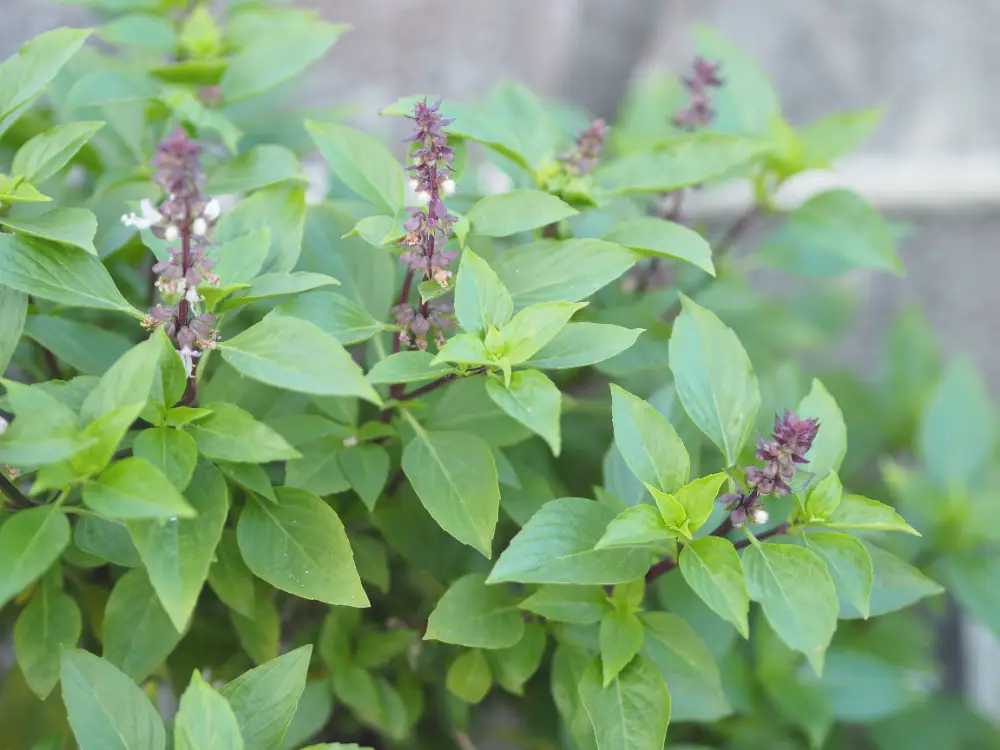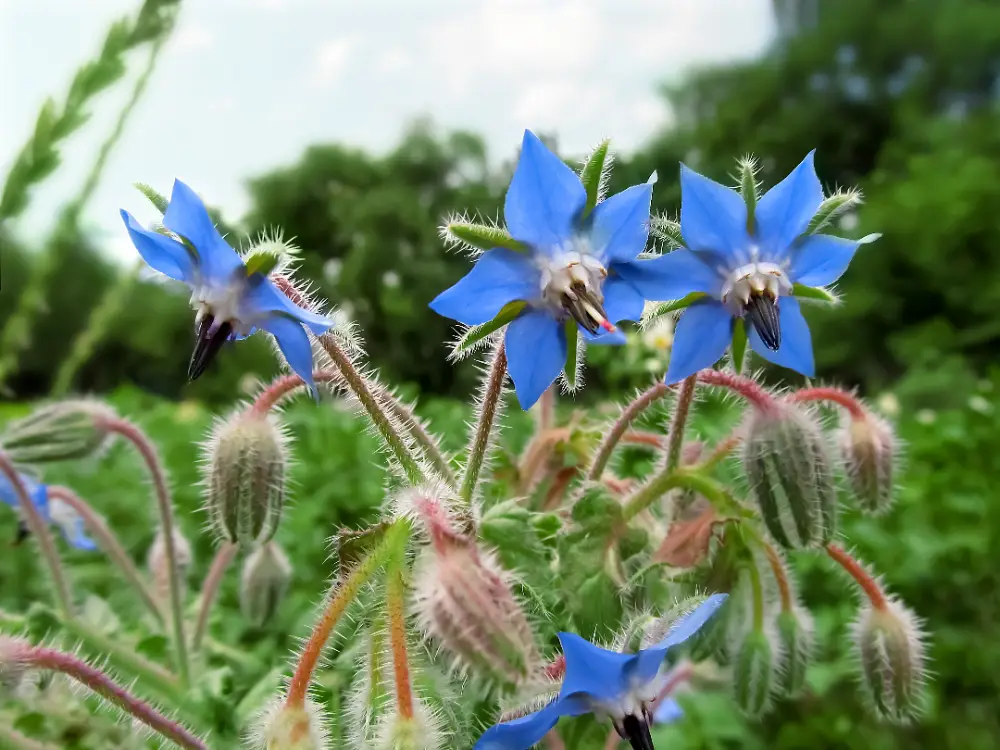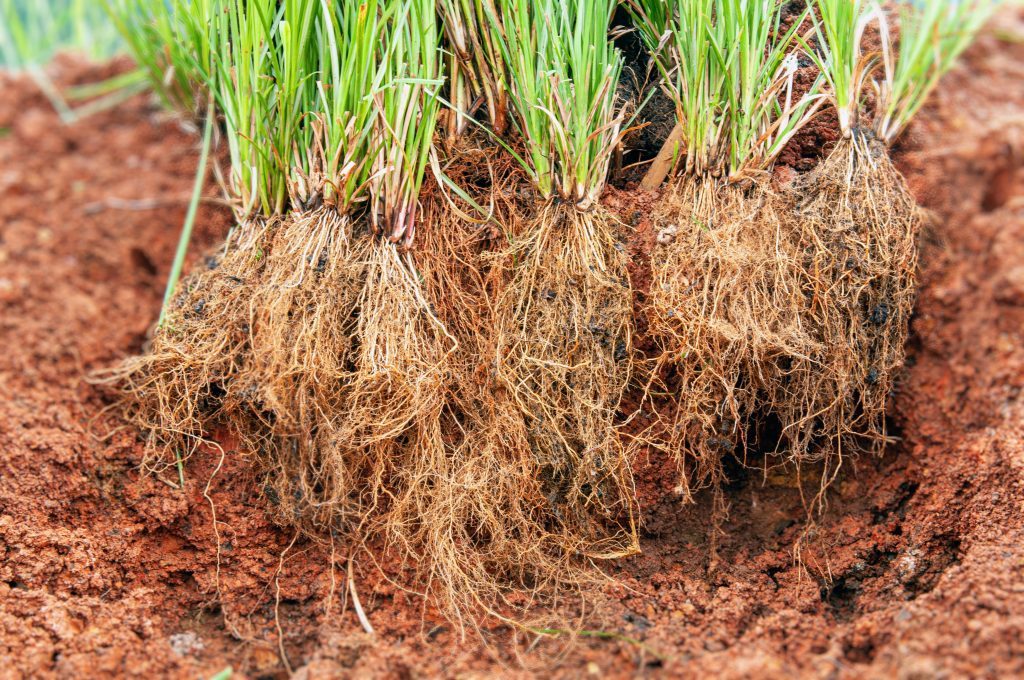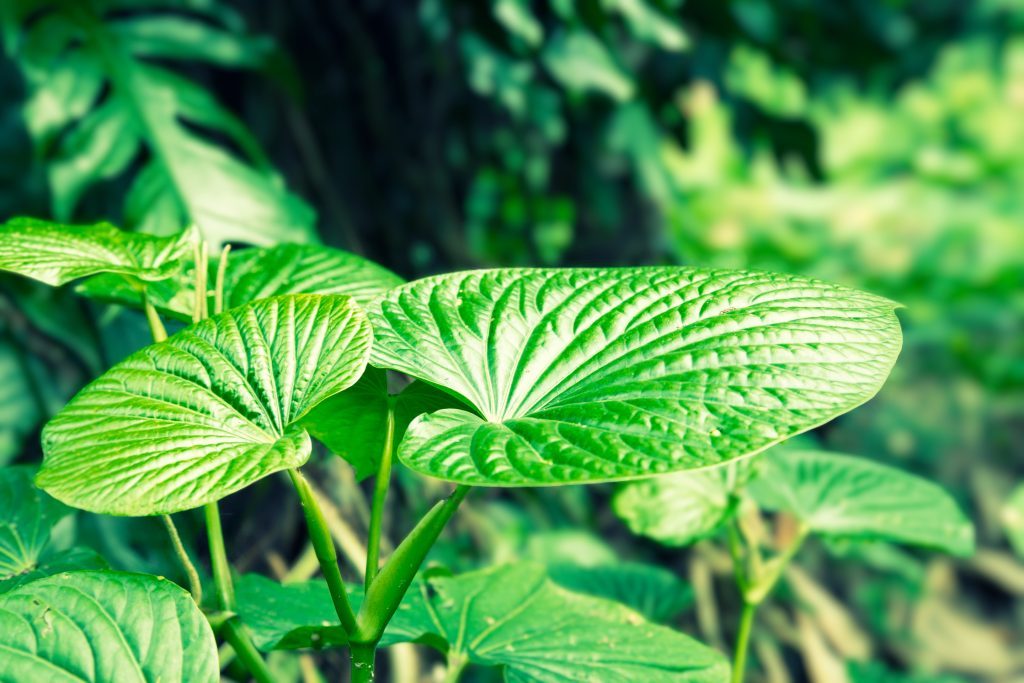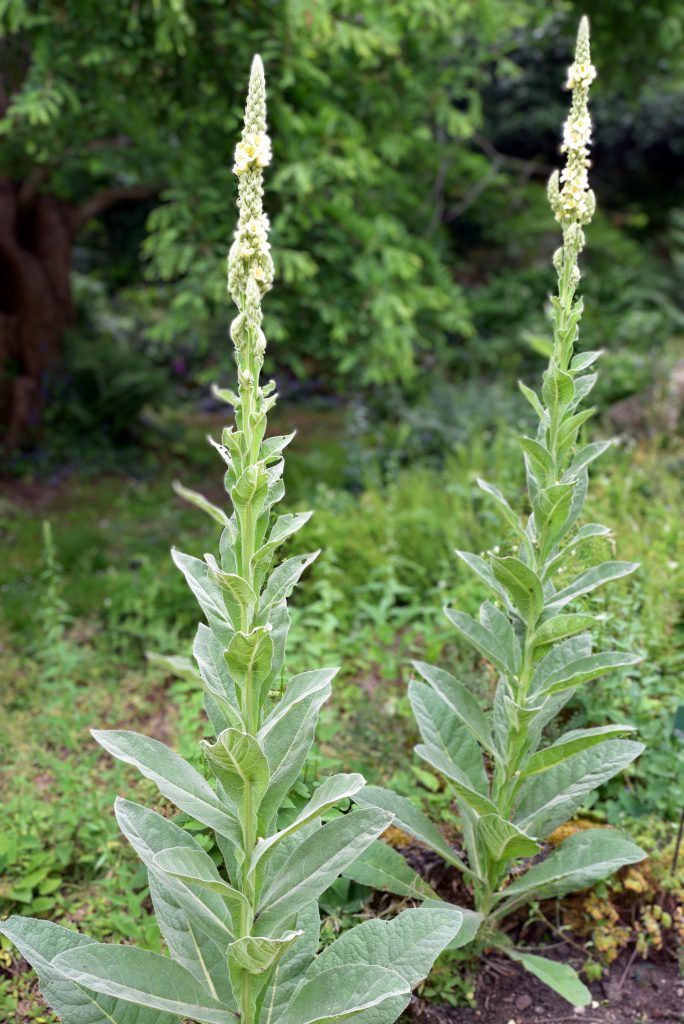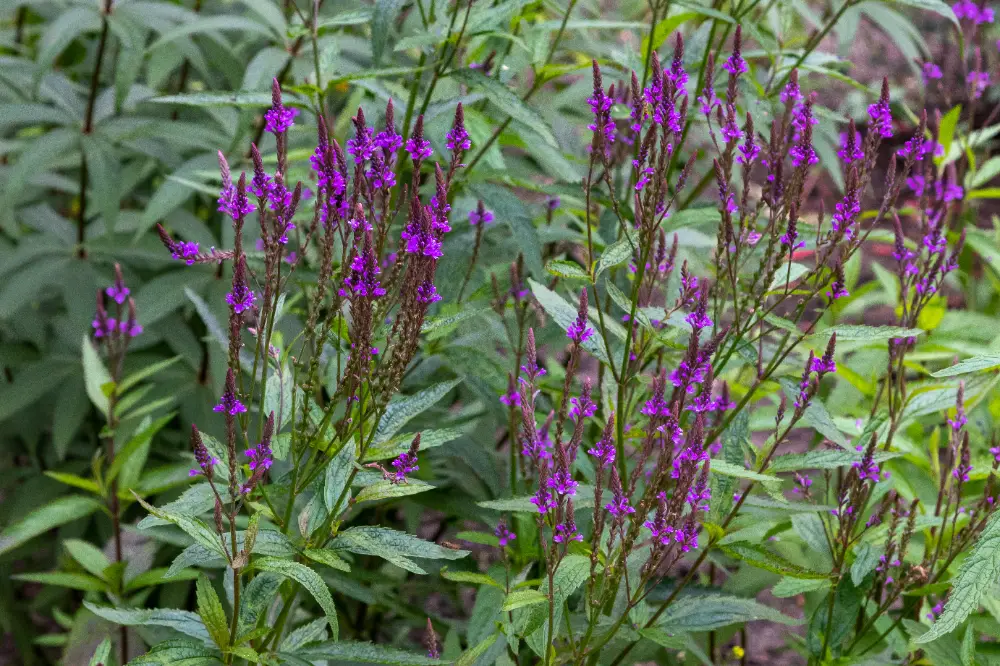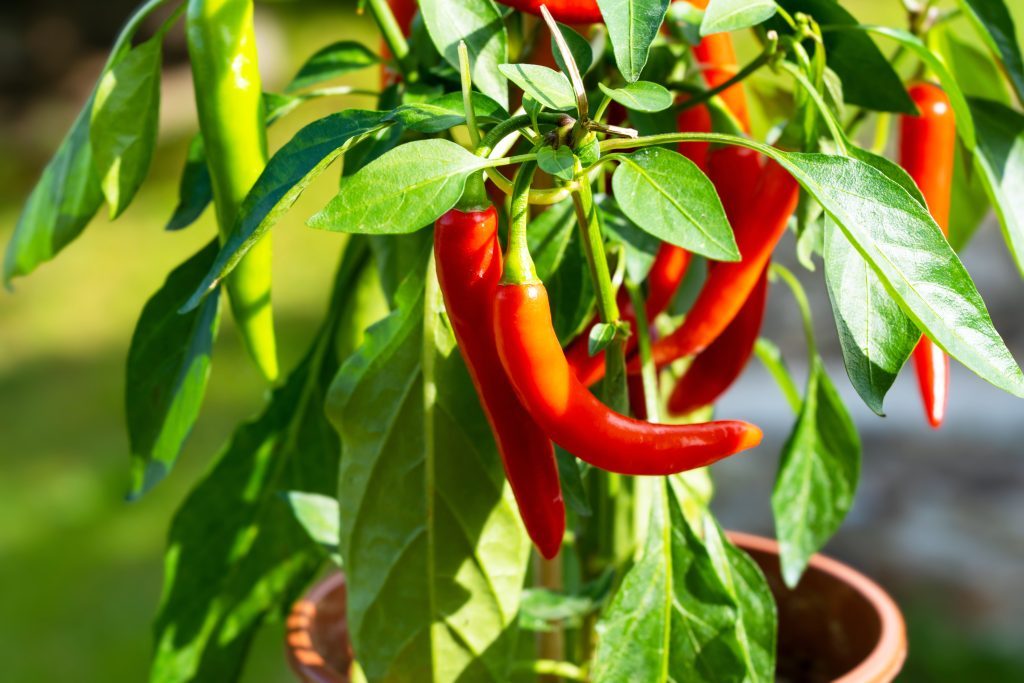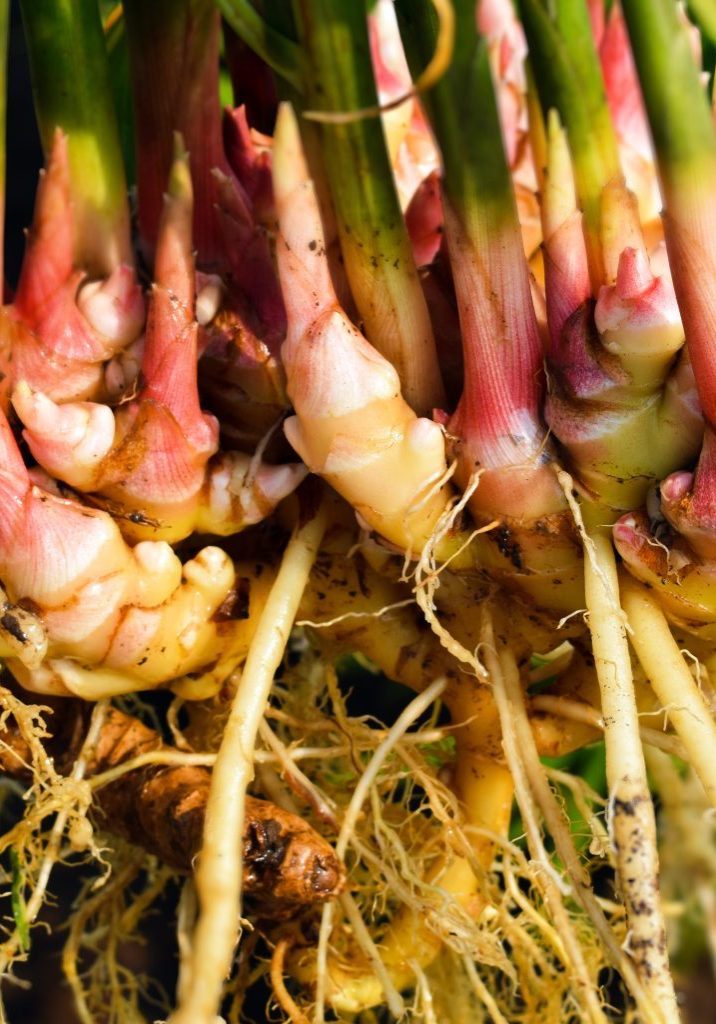
Ginger
Zingiber officinalis
Zingiberaceae (Ginger family)
Widely used for its digestive and anti-inflammatory benefits, ginger is a staple in culinary and medicinal practices worldwide.
Other names:
Common Ginger, True Ginger, Sheng Jiang (Chinese), Adrak (Hindi), Jengibre (Spanish), Gingembre (French), Ingwer (German), Luya (Filipino)
Superpower
A remarkable ability to stimulate digestion, reduce inflammation, and relieve nausea, making it a go-to herb for a variety of digestive and inflammatory concerns.
Uses
Traditional Uses:
In Ayurvedic and Traditional Chinese Medicine (TCM), ginger has been used for over 2,000 years to treat digestive issues, nausea, respiratory problems, and inflammatory conditions. It was also used as a warming tonic to improve circulation and promote sweating during fevers or colds.
Current Uses:
Today, ginger is widely used for:
- Digestive support: Relieving nausea, indigestion, and bloating.
- Anti-inflammatory: Reducing joint pain and stiffness associated with arthritis.
- Nausea relief: Easing motion sickness, morning sickness during pregnancy, and post-operative nausea.
- Cold and flu: Supporting the immune system and acting as a warming remedy during respiratory infections.
- Menstrual health: Reducing menstrual cramps and discomfort.
Cautions
Toxicity:
Generally safe for infants and children when used in appropriate amounts. In high doses, it may cause mild digestive discomfort, including heartburn, stomach upset, or diarrhea. Best taken with food to minimize gastrointestinal upset. Topical use should be patch-tested, as it may cause contact dermatitis or photosensitivity in sensitive individuals.
Contraindications:
For infants and young children, ginger is best introduced in small amounts, such as in teas or diluted preparations, to support digestion and immune function. While ginger is commonly used to ease nausea in pregnancy, excessive consumption should be avoided due to its potential to stimulate the uterus. In children with gallbladder concerns, consult a healthcare professional before use, as ginger may increase bile production.
Interactions:
Ginger is generally well tolerated in children, but care should be taken in those on blood-thinning medications due to its mild anti-platelet effects. For children with diabetes, ginger may influence blood sugar levels, so monitoring is recommended. Theoretical interactions exist with anti-arrhythmics, anti-hypertensives, and sedatives, though no significant clinical concerns have been established.
Known Chemical Constituents
- Gingerols:
- 6-gingerol, 8-gingerol, 10-gingerol: These are the primary bioactive compounds responsible for ginger’s anti-inflammatory, anti-nausea, and digestive stimulant properties.
- Shogaols:
- 6-shogaol: Formed when ginger is dried, this compound has potent anti-inflammatory and antioxidant effects.
- Volatile Oil:
- Zingiberene, b-bisabolene: These components are part of the aromatic volatile oil responsible for ginger’s characteristic pungent smell and warming properties.
- Sesquiterpenes:
- a-turmerone, b-turmerone, a-zingiberene: These sesquiterpenes provide additional anti-inflammatory and immune-boosting properties.
- Terpene synthases: Including germacrene, bisabolene, humulene, and eudesmol, these compounds are part of ginger’s aromatic profile and contribute to its digestive and circulatory benefits.
- Oleo-resins:
- Gingerols, shogaols: Oleo-resins are responsible for ginger’s pungency and warming effects, playing a significant role in its anti-inflammatory and anti-nausea actions.
- Starch, Protein, Lipids, Nutrients, and Amino Acids:
These compounds contribute to the nutritional value of ginger and its ability to support overall health, providing energy, repair, and nourishment.
Botanical Description
Growth Habit:
Zingiber officinale is a perennial herb that grows from an underground rhizome. It can reach heights of about 1 meter (3 feet) and has reed-like stems.
Leaves:
The leaves are long, narrow, and lance-shaped (similar to grass leaves), growing in an alternate pattern. They have a vibrant green color and can reach up to 20 cm long.
Flowers:
Ginger produces yellow-green flowers with purple streaks, arranged in spikes. The flowers are small and typically bloom from the base of the plant.
Rhizomes:
The underground rhizome is the primary medicinal part of the plant. It is thick, knobby, and aromatic, with yellowish to light brown skin and a yellow or white interior.
Habitat:
Ginger is native to tropical Asia, but it is cultivated widely in India, China, Africa, and the Caribbean. It thrives in warm, humid climates and prefers well-drained soils with partial shade.
Fun Facts
One of the most ancient spices known to humanity, having been used in Chinese, Indian, and Arabic traditions for over 5,000 years. In the Middle Ages, it was so highly valued in Europe that it was worth its weight in silver.
Parts Used
Root (Rhizome)
Harvest
The rhizome of the ginger plant is the primary part harvested for both medicinal and culinary uses. Ginger can be harvested once the plant reaches maturity, typically around 8-10 months after planting, when the leaves start to wilt and yellow. At this point, the rhizomes have developed the most robust concentration of active compounds like gingerols and shogaols.
- Best Time to Harvest:
Ginger is harvested primarily in the fall when the plant reaches full maturity. However, for milder flavor or younger ginger, it can be harvested earlier, around 5-6 months. - Harvesting Method:
- Gently loosen the soil around the plant using a garden fork or shovel.
- Carefully pull up the entire root system, shaking off excess dirt.
- Trim off the stems and leaves, keeping the rhizomes intact for further processing or immediate use.
- Post-Harvest Processing:
After harvesting, the ginger rhizomes can be:- Washed and used fresh for culinary or medicinal purposes.
- Dried and ground into powder *leave in pieces for extended shelf-life.
- Stored in cool, dry conditions, with fresh ginger lasting up to several weeks in refrigeration.
Preparations
Tea/Infusion: Fresh ginger root is often steeped in boiling water to create a warming digestive tea that helps alleviate nausea and indigestion.
Tincture: Alcohol extractions of ginger root are used to support circulatory health, reduce inflammation, and improve digestion.
Powder: Dried ginger root is ground into a powder and used for culinary purposes and in capsules for digestive and anti-inflammatory benefits.
Essential Oil: Ginger essential oil is used for aromatherapy, promoting circulation and respiratory health.
Syrup: Ginger syrup can be made with honey or sugar and is used for coughs, nausea, and digestive issues.
Sacred Rituals
It was also associated with healing rituals, particularly those involving digestion, circulation, and respiratory health.
Affirmations
“I ignite the fire within me, moving forward with vitality, strength, and clarity.”
Spiritual Associations
Often linked to increasing one’s life force (prana or Qi) and enhancing physical energy and mental clarity.
Functions
A substance or agent that helps prevent or reduce nausea and vomiting.
Anti-inflammatoryA substance or agent that reduces inflammation in the body, soothing irritation, swelling, or redness in tissues.
Anti-thrombotic
A substance or agent that helps prevent the formation of blood clots (thrombi) or reduces the risk of thrombosis.
AntimicrobialA substance or agent that inhibits the growth of or destroys microorganisms, including bacteria, viruses, fungi, and protozoa.
AntioxidantA substance or agent that neutralizes free radicals, preventing oxidative damage to cells and tissues.
AntispasmodicA substance or agent that helps relieve or prevent involuntary muscle spasms, cramps, or contractions in smooth or skeletal muscles.
CarminativeA substance or agent that helps relieve gas, bloating, and discomfort in the digestive system by promoting the expulsion of gas and soothing the digestive tract.
CholagogueA substance or agent that promotes the release of bile from the gallbladder into the digestive tract, aiding in digestion and detoxification.
Diaphoretic
A substance or agent that promotes perspiration, helping the body regulate temperature, detoxify, and respond to fevers.
HepaticA substance or agent that supports, protects, and enhances the function of the liver, including detoxification, bile production, and overall liver health.
HypolipidemicA substance or agent that helps lower lipid levels in the blood, including cholesterol and triglycerides, to support cardiovascular health.
Kitchen SpiceAn aromatic or flavorful substance, often derived from seeds, bark, roots, or fruits of plants, used to enhance the taste, aroma, and color of food.
Motion Sickness TreatmentMotion sickness treatment refers to interventions or substances that prevent or alleviate the symptoms of nausea, dizziness, and discomfort caused by motion, such as during travel by car, boat, or plane.
NauseaNausea is a discomfort or uneasiness in the stomach that often precedes the urge to vomit, commonly caused by motion sickness, pregnancy, illness, or digestive upset.
Peripheral Circulatory StimulantA substance that enhances blood flow to the extremities, such as the hands, feet, and skin, by improving overall circulation and vascular function.
RubefacientA substance that increases blood flow to the skin, causing mild irritation or redness, and is typically used to relieve pain or stiffness in the underlying tissues.

